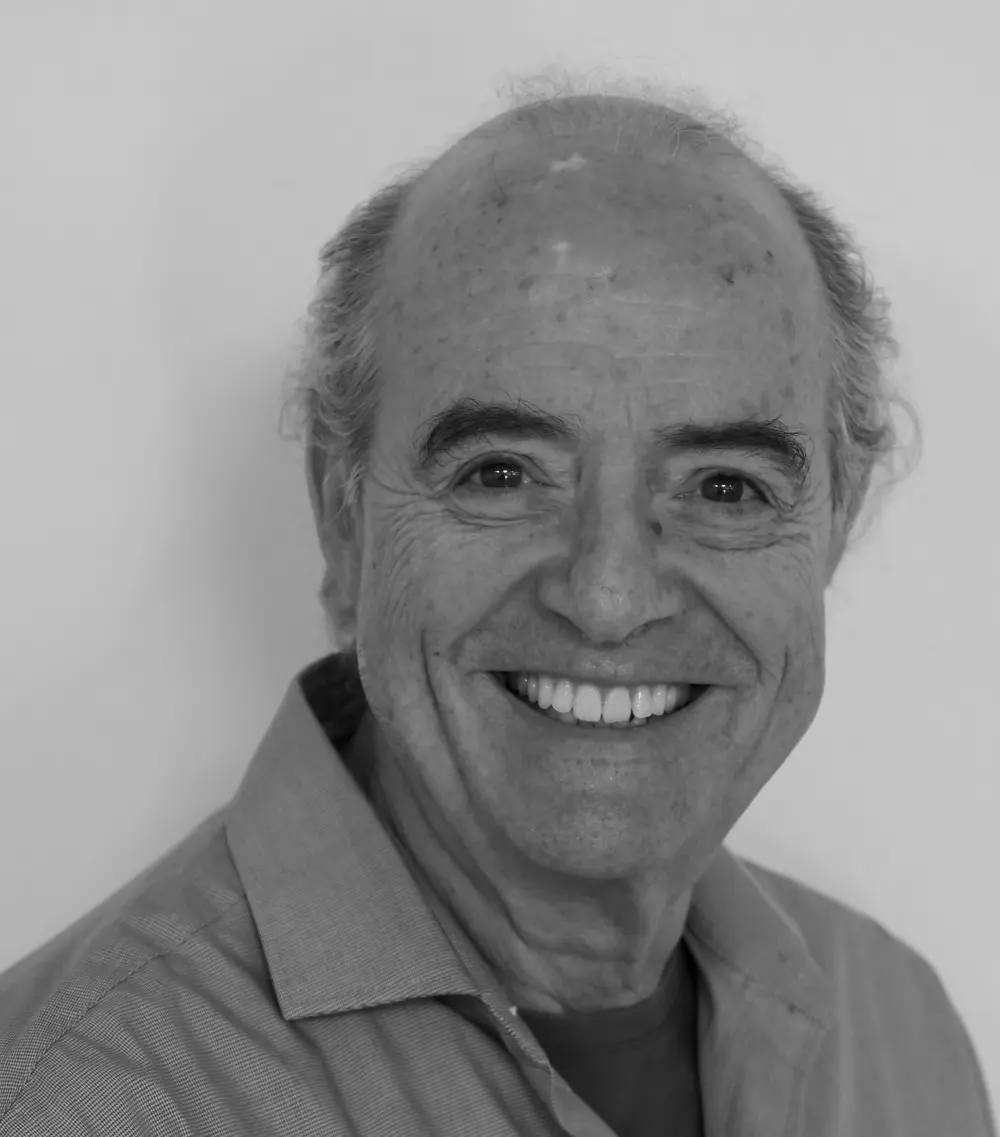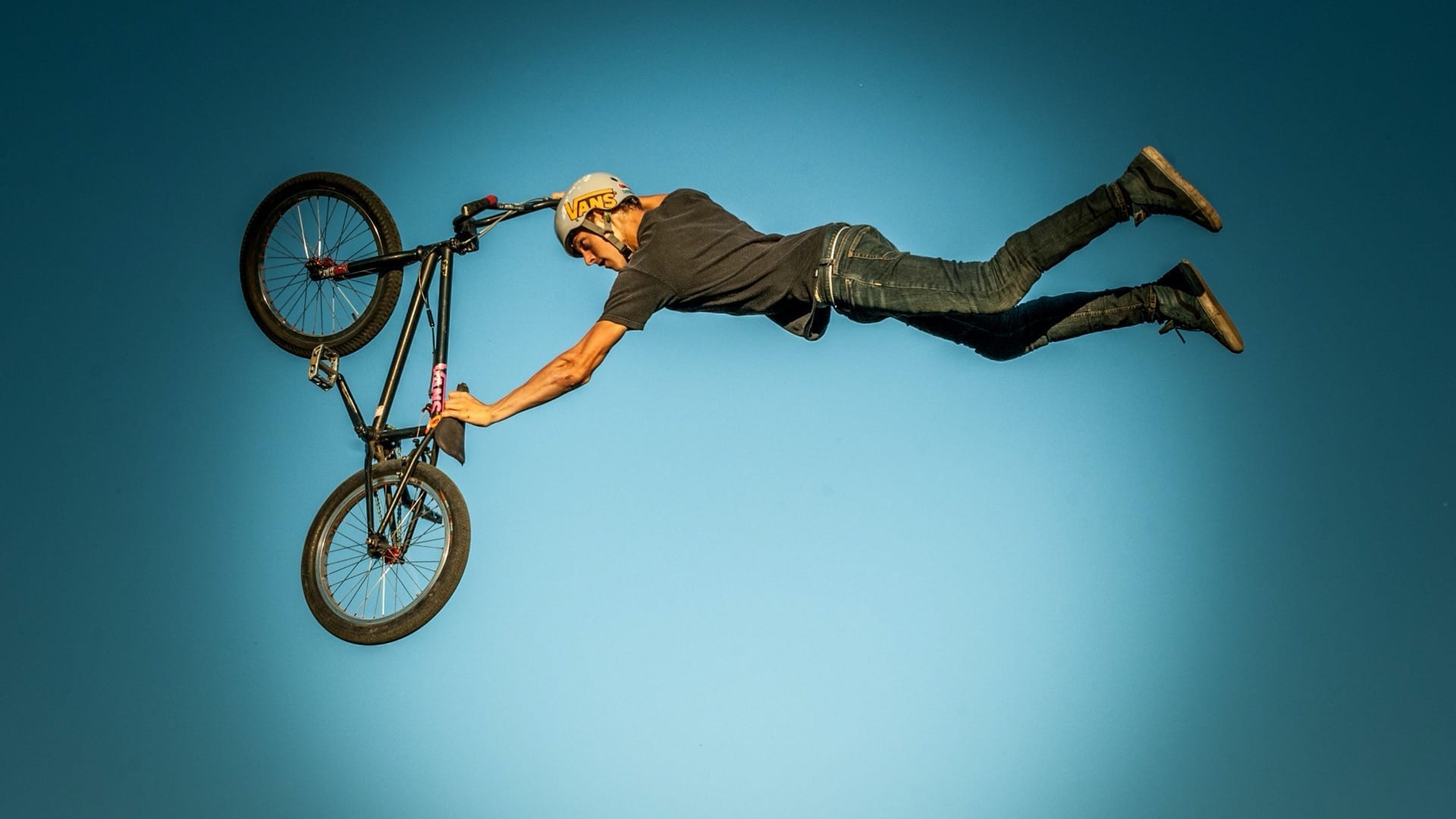


There is a fundamental difference between rational intelligence as measured by the Intelligence Quotient (IQ) test and the eMbodied intelligence Quotient (MQ) for which there is as yet no test.
Rational intelligence works very fast. I have learned to figure out in no time that 2×7=14. Embodied knowing moves much slower: first we need to notice that something is actually happening in the body and second we need to give what we have noticed time to self-manifest. Our quick wit has much less control. Here’s an example:
A man dreams he filets a fish. That’s all.
We work the dream and he can feel the fileting movement in his arm. It is his left arm and hand; unusual because he’s a right hander. He can feel the strong intention to carefully filet the fish in his arm coming down from his shoulder. He wants to do the job well. Usually it is his wife, an excellent cook, who does the fileting but he’d always wanted to do it himself. His hand is very capable, and as he moves his attention to the sharp of the knife he feels a great deal of strength and mental acuity. In his wrist however, there is hesitation. I help him focus on it by entering into the subjective experience of the wrist from inside. After some time of focus he can feel inside the wrist and he is now surrounded by the wrist as an embodied environment. He can feel the muscles move around him and notices that they are holding back, not daring to fully participate in life, cautious and hypervigilant. The intelligence in the wrist is different from his mental intention. In his mind he is doing his best. The embodied intelligence (MQ) in his wrist is very cautious to the point of sabotage. It approaches life with great circumspection which sometimes is very useful and at other times isn’t. I suggest he keeps his focus on the wrist as he goes through life. In this way he may become more sensitive to his caution and holding back. In this way he may increase his embodied intelligence, his MQ. After some time of reflection he realizes that as a competitive archer his left wrist is giving him problems in his archery. He can now recognize it as holding back.

You don’t need a dream to reach into embodied intelligences that are different from our mental intentions. The dreamer could have found the same information if he had treated the ‘left wrist problem’ in his archery as potential intelligence. Symptoms are great sources of information.
As you can see, the uncovering of embodied intelligence is a very slow process with less control than we have over the multiplication tables. All of the dreamer’s rational intelligence is personified in his arm that wants to do a good job fileting. It is the unease in his wrist that after some waiting manifests an unconscious story-line beyond rational intelligence. It is a frequent occurrence that rational intelligence and embodied intelligence are in a state of conflict. Uncovering the MQ under the IQ may be a life changing help. Here is an example of my own:
I had intestinal problems for years from 17 until 21 and spent a considerable time in the hospital. Things changed when I learned how to differentiate between chronic pain and pain particular to the environment I was in. The chronic pain was a kind of dull wall to wall blanket and the specific pain more like specific spikes in my intestines. When I had figured that out I could notice the amplitudes of the spikes in particular situations. I found that they were the result of heightened sensitivity. I was allergic to particular environments. The responses were intelligent, not just signs of an illness. As a result I changed my life fundamentally and by 29 I was an analyst after having suffered without inspiration through Law School.

It is important to note that not all symptoms are forms of embodied intelligence (MQ). I had to first differentiate between the dull ‘tone’ of the chronic pain and the acute ‘tone’ of the intelligent pain.

Robert Bosnak
Robert Bosnak, PsyA, is a Jungian psychoanalyst who graduated from the C.G. Jung Institute in Zurich in 1977. He pioneered the Embodied Imagination® method, that is being applied by practitioners worldwide. Robert Bosnak is a Core Faculty Member at Jung Platform.
More Posts by Robert Bosnak